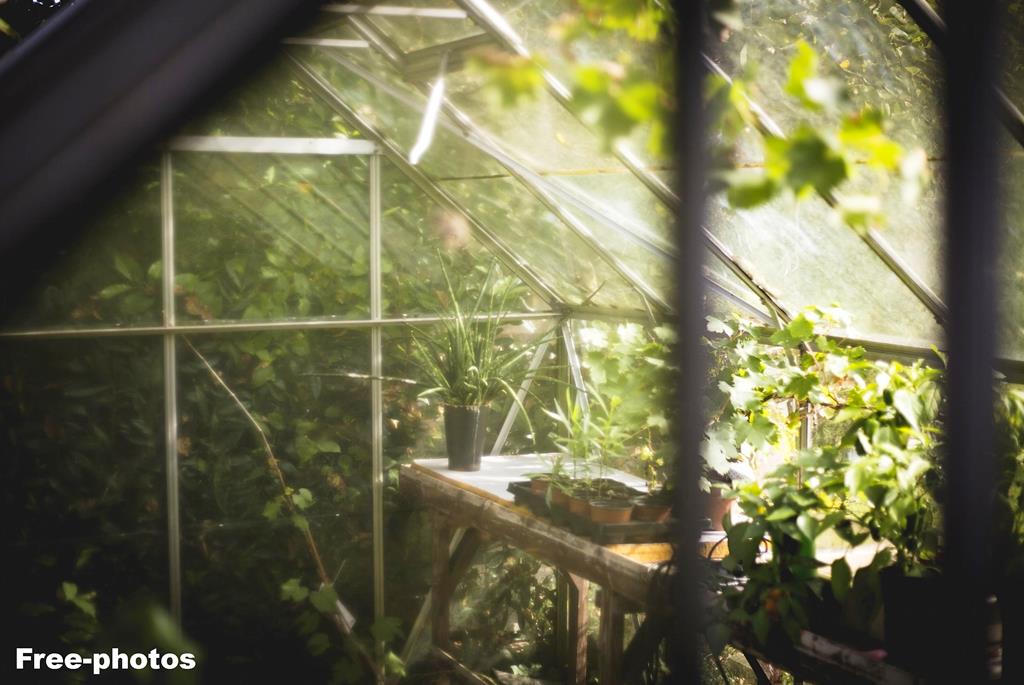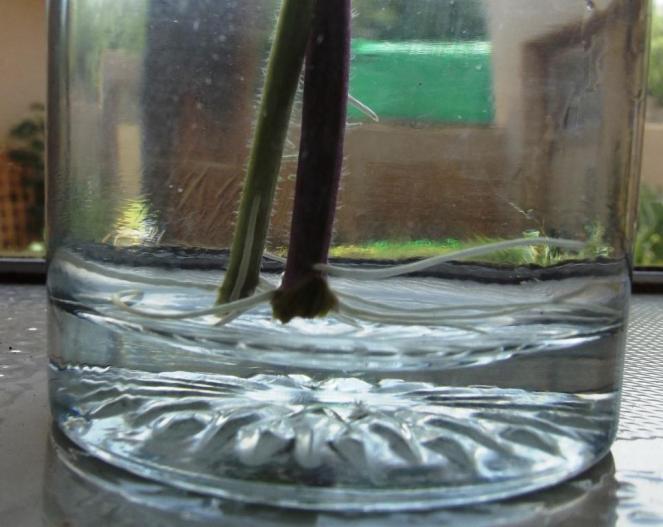As part of being a gardener striving for natural and more wallet friendly alternatives I was on the lookout for a substitute to artificial rooting hormone.

I had several problems with the store bought stuff:
- They give you so much that I can’t possibly use up everything before it expires.
- You get three different kinds, one for soft-, semi- and hardwood cuttings! Why not make a universal one?
So I set out to research alternatives to rooting hormone and found two (1) being Honey and the other (2) Willow. Now I don’t have access to willow, but I can get a hold of honey… This lead me to thinking; ‘What would be the most efficient type of rooting hormone?’ and I started some experimentation. I am going to go all ‘sciency’ now ![]()

So let’s review the possibilities (hypotheses):
- Are alternatives to rooting hormones superior in their rooting capabilities?
- What can I use as a substitute for willow in the experiment for comparative purposes?
- Do I use organic or processed honey?
- Will there be any difference between the organic and processed honey results?
Now let’s set up the experiment:
- I will use basil cuttings to compare rooting efficiency as they root in water and I will be able to see the rooting process in a glass of water.
- I will have one control, which is the basil cutting in water (this acts as the base-line for comparison to the other ‘experiments’).
- The experiments are: (1) Artificial Rooting Hormone, (2) Processed Honey, (3) Organic Honey and (4) Aspirin as a substitute for willow.
For the exact details of each:
- Artificial Rooting Hormone: Bayer Seradix B No. 2, semi-hardwood cuttings
- Processed Honey: Eleures radurised pure natural honey
- Organic Honey: On tap blue gum.
- Aspirin: Compral (100 mg Paracetamol, 400 mg aspirin) contains aspirin (salicylic acid), which is a product of willow bark.

OK! So here are my recipes for each of the experiments. In order to keep everything the same I made 100 ml solutions (liquids) of each and dipped the cuttings into each for 30 seconds. After which the cuttings are placed in a glass of clean 250 ml tap water. The control cutting was placed directly into tap water with no dipping in either solution.
Recipe for Artificial Rooting Hormone
- I took the 2# rooting hormone powder and diluted it 1:1 with water to get essentially a 1# solution for the basil cutting.
Recipe for Honey Rooting Hormone (Processed & Organic) – this is a standard one found all over the Internet
- Boil 2x cups of water
- Add a table spoon of honey
- Cool & dip cutting into solution
This is stored away from light (or in a dark brown glass jar) and will keep for 2 weeks. To make less, you can add 6 ml of honey to 100 ml of water.
Recipe for Aspirin
- Added half a tabled (one tablet is 400 mg of aspirin) to 100 ml = 2 mg/ml solution.
All roots were recorded at the same initial length (this means it was said to be ‘rooted’ at the same length, this was @ 2 cm) and the experiment was done once the water control had rooted (as it was expected to take the longest amount of time to root).

The Results:
To my surprise the processed honey rooted first (12 days) and performed the best (longest roots and most roots by the end of the experiment). [I thought that the artificial rooting hormone would be first]. The organic honey took 14 days to root with about half the number of roots and was a 1/3rd of the final length of the processed honey’s roots. The rooting hormone was about a week later (18 days) and had made two short roots by the end of the experiment. I think the Compral (aspirin) poisoned its cutting, because it died before any root formation on day 23. The control took its time and produced roots at day 37, the roots were minimal and less robust.

So, why does honey work better than artificial rooting hormone?
Well it has to do with the composition of honey. It is high in monosaccharides (simple sugars) such as Fructose and Glucose, as well as containing 18-20 of the 20 amino acids needed by all living organisms. This allows the cuttings access to quick energy and complete nutrition. The high sugar content lends to honey’s antiseptic (antibiotic) nature that prevents infection and promotes root growth.
The Conclusion:

From this home-based experiment it is clear that grabbing some store-bought honey from the pantry is the best option for rooting cuttings. I think that this might be due to the higher sugar content of the processed honey and that it may have acted as a better antiseptic.
So, I have decided to ditch the artificial rooting hormone and to make up enough honey every time I want to propagate. It is a shame that the aspirin cutting died, it would have been nice to compare the willow to honey, but I suppose I would have to leave that for those of you who have access to willow ![]() . It turned out to be a fun and interesting fact-finding home-experimentation…
. It turned out to be a fun and interesting fact-finding home-experimentation…


Thanks!
LikeLiked by 1 person
How do use these? as a dip only or the cuttings actually stays in the mixture of honey/water for 12 days
LikeLike
Hey hey! The honey solution is used as a dip. You can place the cutting in the solution for 30 seconds. Alternatively you can place the cutting in some clean water, add one drop of honey to that water and top up the water when necessary until the propagate has formed enough roots for transplant. I’ve started doing this when I am too lazy to make the solution or when I only have one basil cutting. 😉 Works just as well! Hope that helps! Good luck with your propagates!
LikeLike
Hi. I just wanted to say THANK YOU for doing this awesome home experiment. I’m a beekeeper and had NO idea honey can do this. Honey has so many health properties, but root propagation is just amazing to know. I will 100% pass the word to my fellow beekeeper friends and try this in my garden. Have a great day!!!
LikeLiked by 1 person
Hey hey! You are most welcome & thanx for your support!
LikeLike
thank for the share info
LikeLiked by 1 person
Your very welcome! 🙂
LikeLike
Thanks!~
LikeLiked by 2 people
Thanks for the info. Your experiment was very interesting to me. I was going to make a dyi rooting hormone with aspirin and honey thinking the aspirin would be doing the bulk of the rooting while the honey was not necessarily needed. After reading your experimental results, seems like my initial thinking was wrong. Thanks for doing your experiment and giving us the results. I may never have figured out why my cuttings were dying not rooting.
LikeLiked by 1 person
Hey hey, you are most welcome! Thanks for the visit & Good Luck! 🙂
LikeLike
How fascinating and useful. Thanks!
LikeLike
Well, using a compound drug instead of pure Aspirin must have skewed your results as Paracetamol is known to damage seeds and roots:
https://pubmed.ncbi.nlm.nih.gov/19446955/
Repeating the same experiment using 100% salicylic acid might work.
LikeLike
Hey hey! Thank you for the link – I have become aware of aspirin poisoning plants after the experiment. Unfortunately, I’m not able to get my hands on 100% salicylic acid for personal use. I am also not planning on repeating the experiment as I wanted to determine whether honey can be an alternative to artificial rooting hormone, which the experiment successfully illustrated that it can be. Thanks for the visit!
LikeLike